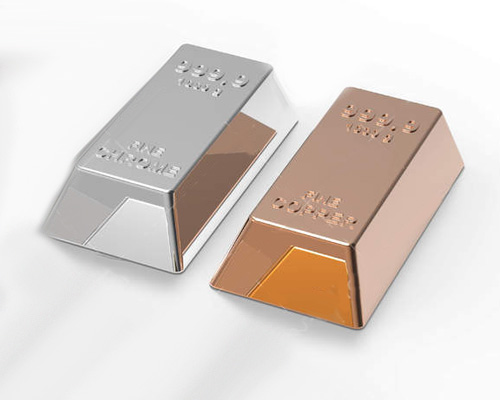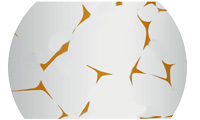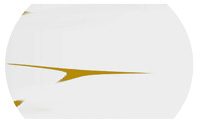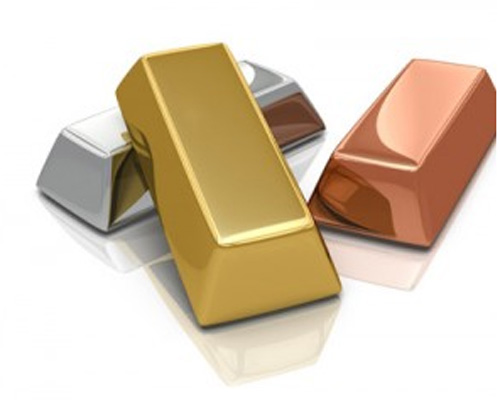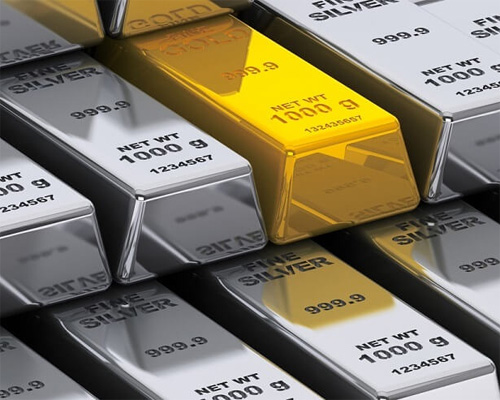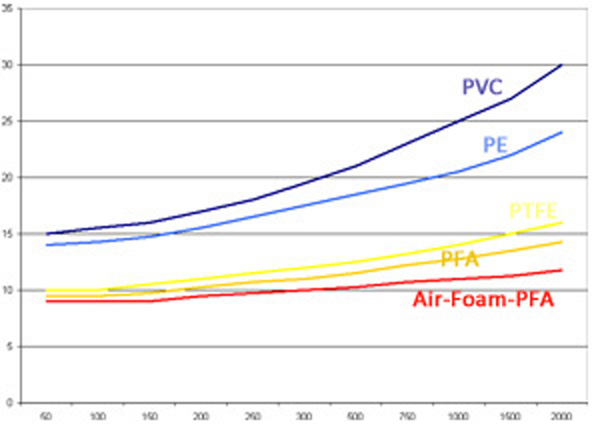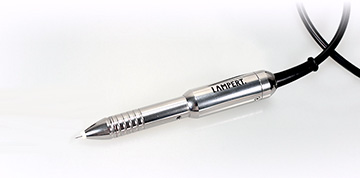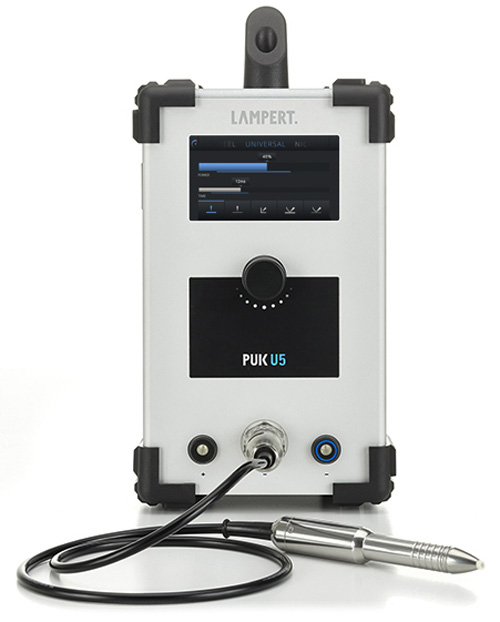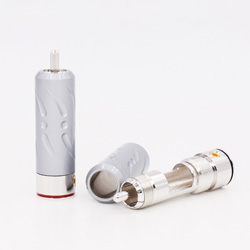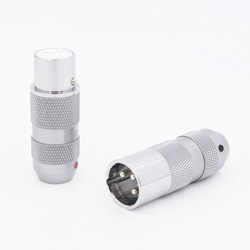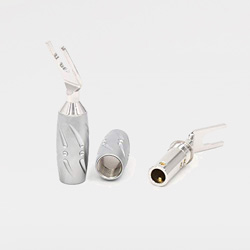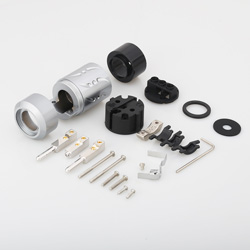OHNO Silver-Gold Conductor
As for conducting materials, normal, high purity copper has about 5.000 grains in each meter, pure silver about 4.000 grains per meter.
The audio signal must cross the junctions between these grains 4.000 - 5.000 times in order to “travel” through one meter of cable.
These grain boundaries cause the same type of distortion as current crossing from strand to strand.
The first grade above normal high purity materials is called Oxygen-Free High-Conductivity (OFHC).
In fact, these materials are not Oxygen-Free. More properly would be Oxygen-Reduced.
The next higher grade is an elongated grain material sometimes called "linear-crystal" or “long-crystal” (LC-OFC) or in modern terms: "Monocrystal".
These materials have been carefully drawn in a process that results in only about 200 grains per meter.
Audio cables using LC-OFC conductors have an obvious audible advantage over cables using the same designs without using such LC materials.
In 1986 the Ohno Continuous Casting (OCC) process was introduced. The world patent "UP-OCC" (Ultra Pure Copper by Ohno Continuous Casting Process) was developed by professor Ohno of Chiba Institute of Technology in Japan.
This technology has been applied to the manufacturing of single crystallized copper with the process of heated mold continuous casting.
The resulting products are small rods of OCC pure copper, from which the wire can be drawn and which can have Copper grains of over 230 meter length!
Because of its characteristics of single crystal, unidirectional, free of impurity, flexible fatigue-resistance, corrosive-resistance, low electric resistance, none-crystal boundaries, rapid transmissibility, perfect in structure, and easy to process, all make it an ideal material for designing high performance audio cables.
Heavens Gate Audio took this technology to a completely new level of metallurgy science by applying the Ohno Continuous Casting process to pure silver.
The result was an incredible open, fast and detailed sound experience we have never reached before.
However, the emotion that music transports to the listener was missing.
After we asked our manufacturer to apply a small amount of 24 carat Gold to the silver and they started to laugh.
“The crystal structure of the material has a length of more than 200 meter so it doesn’t make any sense to add Gold to it, unless the cable has a length of 300 meter.”
Although, there is no chemical, physical, technical or measurable explanation so far, the small amount of Gold that is added to the silver makes a huge difference.
We insisted to try it and the result can be heard in the Ultra Extreme Gen. II Series!


